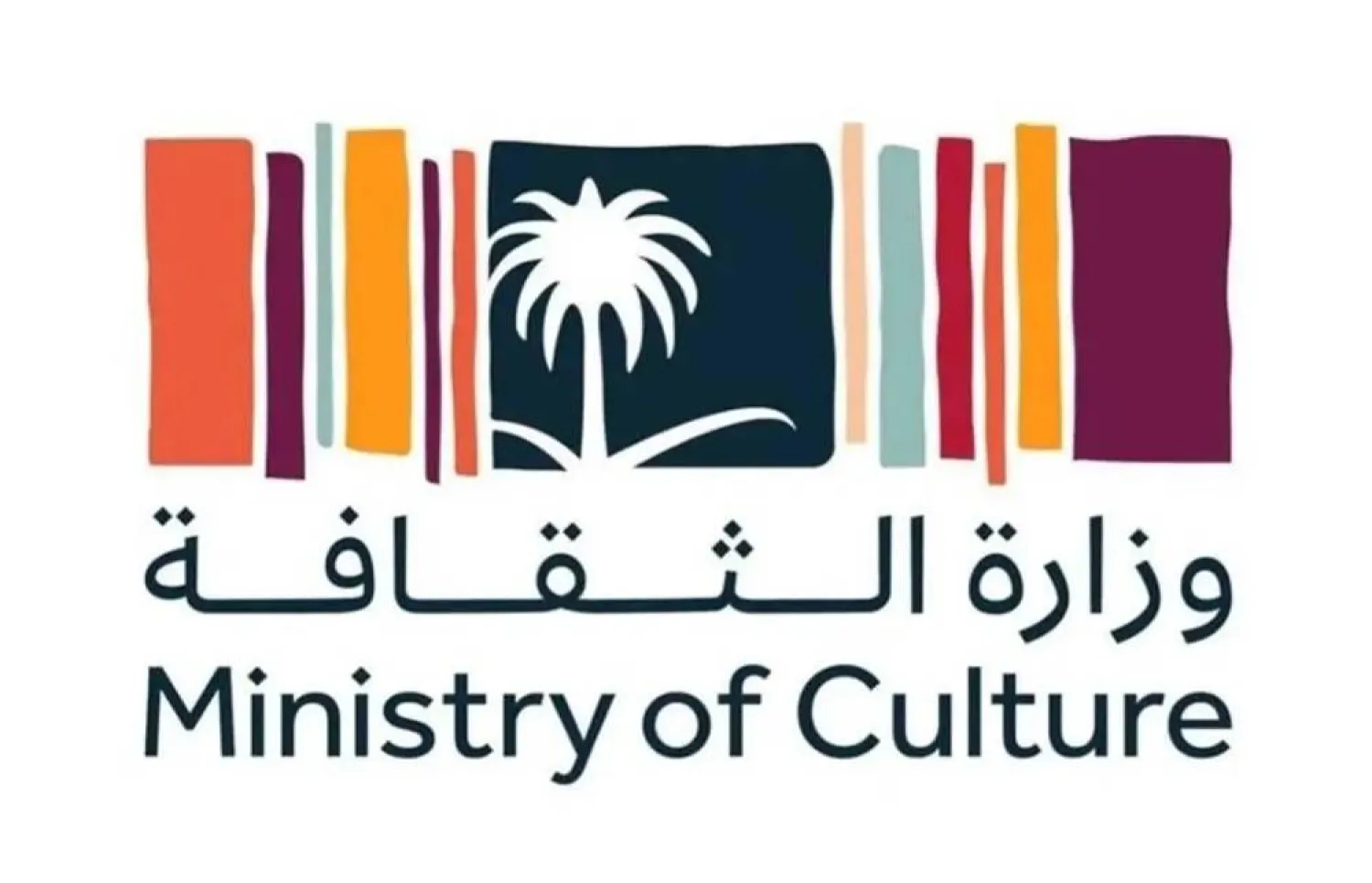Gold neck discs, a sword, a royal chair and dozens of other treasures looted during British colonial rule went on show in Ghana this week for the first time since their historic return.
People travelled from across the West African country to see the repatriated plunder in the city of Kumasi, the seat of Asante King Otumfuo Osei Tutu II, known as the Asantehene.
"The items that came back are virtually the soul of the people of Asante," the monarch said at the exhibition, which marks his silver jubilee.
The gold regalia was looted during Britain's 1821-1957 colonization of what is now Ghana, much of it taken during violent battles with the Asante kingdom and placed in museums.
London's British and Victoria & Albert museums, and the Fowler Museum at the University of California, sent the artefacts back earlier this year - part of a growing move by Western institutions to reexamine colonial legacies.
Negotiations to return the items took more than 50 years, the Asantehene said.
Other museums in the US and Europe have agreed to hand back treasures taken from the Kingdom of Benin in modern-day Nigeria and received requests for returns from other states across the continent, including Egypt and Ethiopia.
"Most of our things are not written, they are expressed in the art we see," documentary-maker Lawer Akunor said at the show.
"Bringing these (back) is bringing the history to whom it belongs."
Most of the 42 items on display at Kumasi's Manhyia Palace Museum were taken during five battles between the Asante Kingdom and Britain known as the Anglo-Asante wars. Many were pillaged directly from the Asante palace.
Some of Britain's main national museums are banned by law from handing over or disposing of the bulk of their collections. So 32 objects from the British Museum and the Victoria & Albert Museum (V&A) are in Ghana on loan.
"We acknowledge the very painful history surrounding the acquisition of these objects. A history tainted by the scars of imperial conflict and colonialism," V&A Director Tristram Hunt said at the opening.
The V&A has loaned 17 items to the Manhyia museum for three years, with the possibility of another three-year renewal. Objects include a gold peace pipe and gold discs worn during royal ceremonies.
Sculptor Gabriel Bekoe said he was inspired by the display.
"Seeing them will help me know what I used to be and that will influence the ideas and concepts I build afterward," he said.









